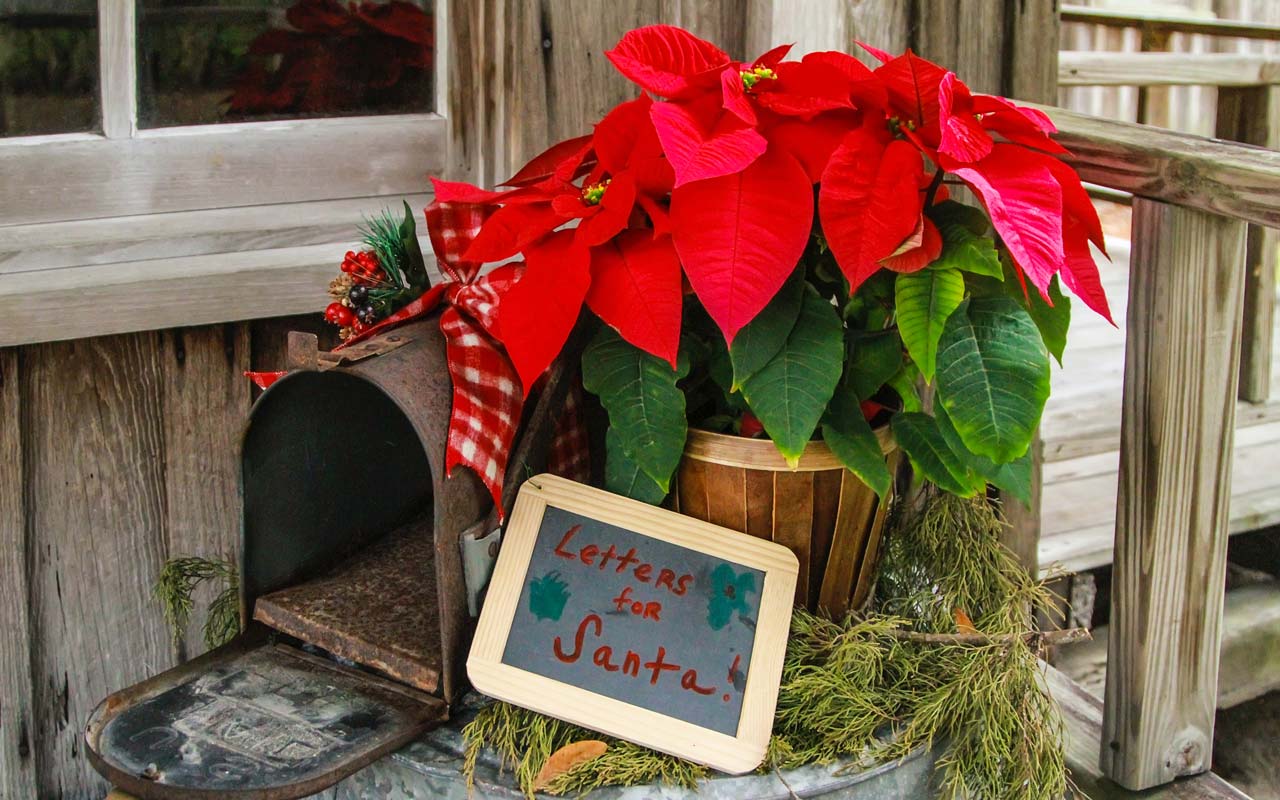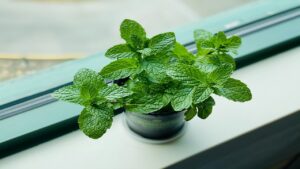Gift Ideas for Christmas: What Winter Plants are Propagated by Cuttings
Plants have always been a welcome gift, especially during the Christmas period when they bring celebration and joy to the home. If you love Christmas plants and want to use them to decorate your home for the holidays, you can perhaps give yourself one and propagate it by cuttings. Today, we will see which winter plants should be multiplied by cuttings.

6 easy Christmas plants to multiply by cutting
Holly
Let’s start with holly, a Christmas symbol widely used for decorating homes, trees, and wreaths. It’s an evergreen plant with glossy dark green leaves and vibrant red berries. You can easily multiply it by cutting 10-15 cm from the base, removing lower leaves, and planting it in soil rich in iron. Patience is key – in about 2 or 3 weeks, new shoots will sprout, allowing you to enjoy more of this festive and iconic decoration in your home.
Christmas Star
Moving on to the Christmas star, the symbol of the holidays, named for its resemblance to the star guiding the Three Kings to Baby Jesus. This plant requires indirect light, warmth, and moist soil. Propagation through cutting is effective. Cut branches about 8 or 9 cm long, remove lower leaves, let the cut heal with powdered charcoal, and report it in a mixture of peat and sand.

Selaginella
Although selaginella is less well-known than the others, it is perfect for decorating the house during Christmas. For propagation through cuttings, take a stem segment with multiple leaves. Plant it in a pot with a soil and sand mixture, and keep it in a warm, humid environment with bright, indirect light. Avoid direct sunlight.
Christmas cactus
Schlumbergera, also known as the Christmas cactus, is a succulent plant with vibrant flowers that bloom in winter. To propagate, cut a stem segment with at least three joints and let it dry for a few days. Then, plant it in a glass vase filled with sand and soil, adding some stones at the bottom for proper water drainage.

Skimmia japonica
Skimmia japonica is a cherished evergreen shrub with white or pink flowers and red winter berries. You can multiply this plant by burying its leaves in a mixture of sand and peat. Shield the cuttings from direct sunlight until new roots start to grow.
Nertera Granadensis
Finally, we have Nertera Granadensis, commonly known as coral berry, a perennial plant with small, round leaves. This plant is easily propagated through division. Select a healthy, mature plant, gently divide it into two sections, each with roots, and replant them at the same depth in well-draining soil with partial shade. Water thoroughly, maintain consistent moisture, and monitor for healthy growth. This simple division method allows you to expand your Coral Berry plants effortlessly.






